

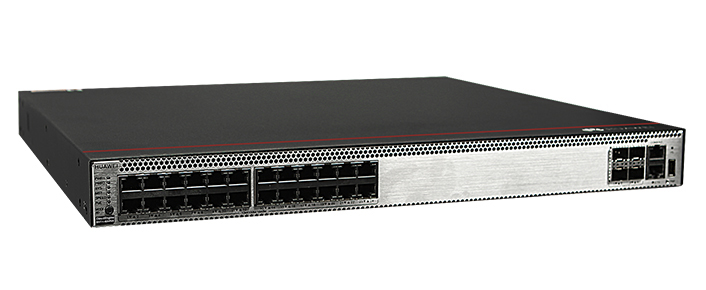
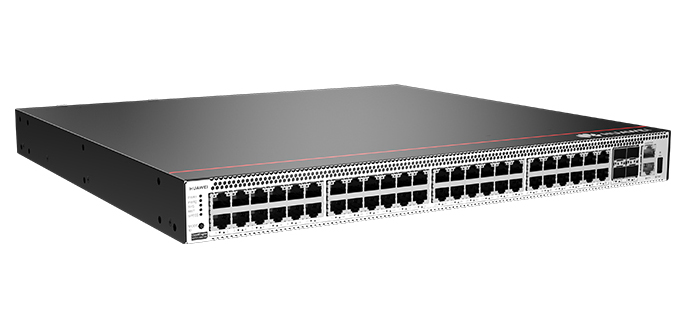
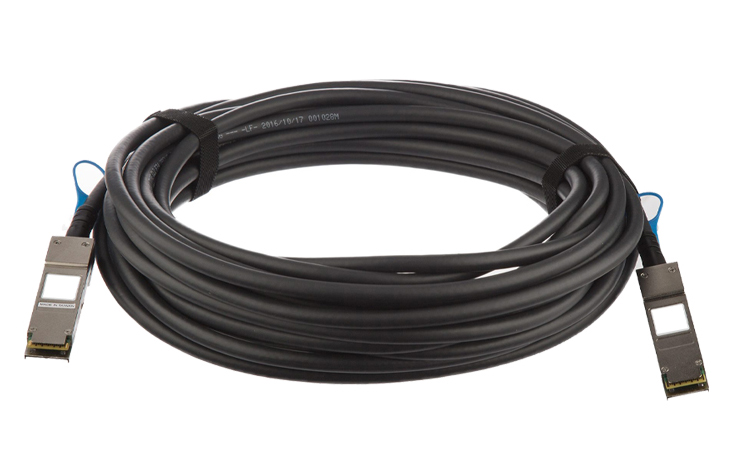

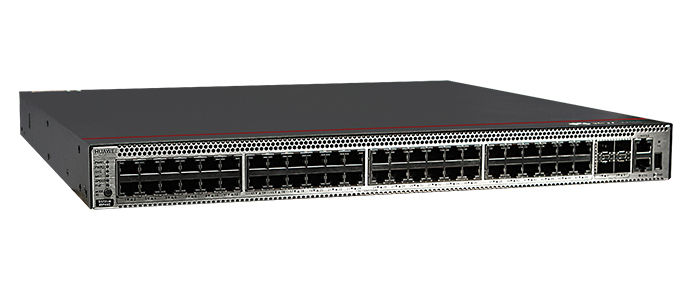
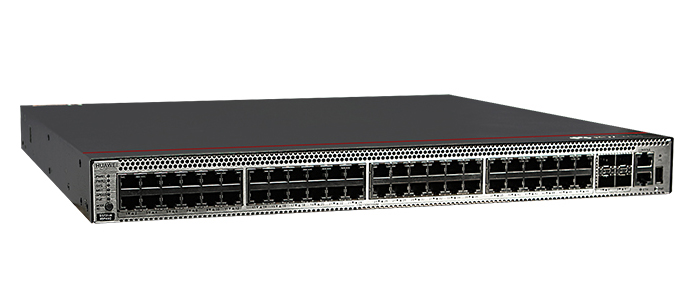


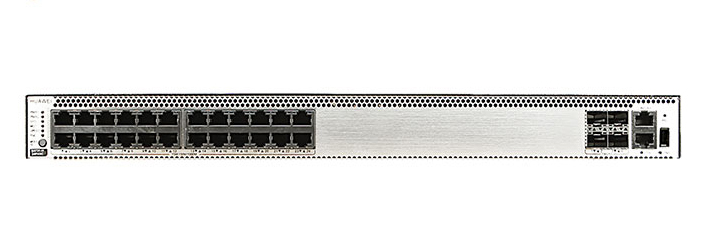
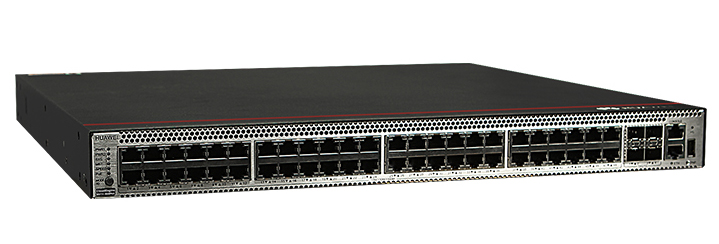
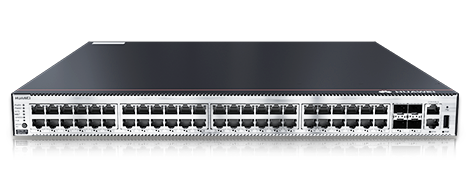

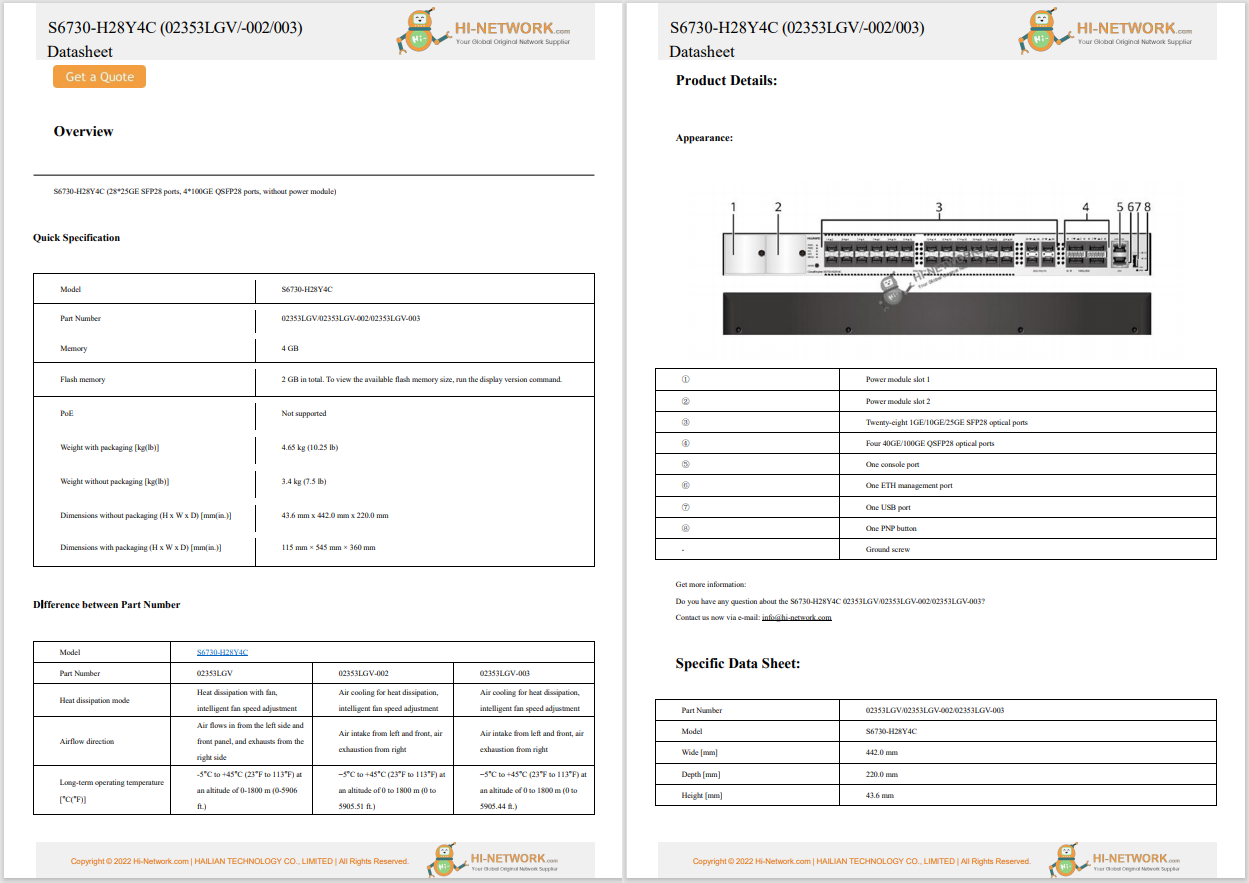

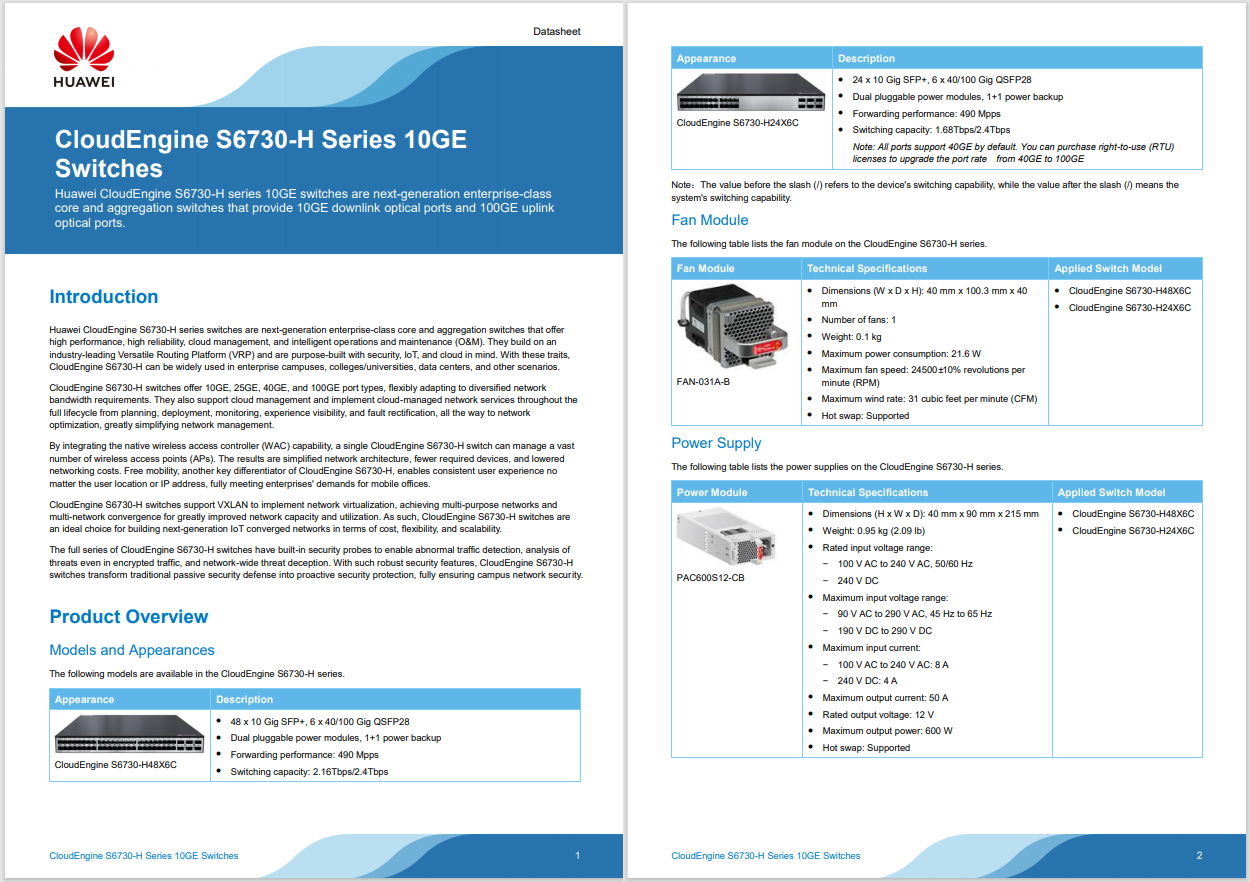
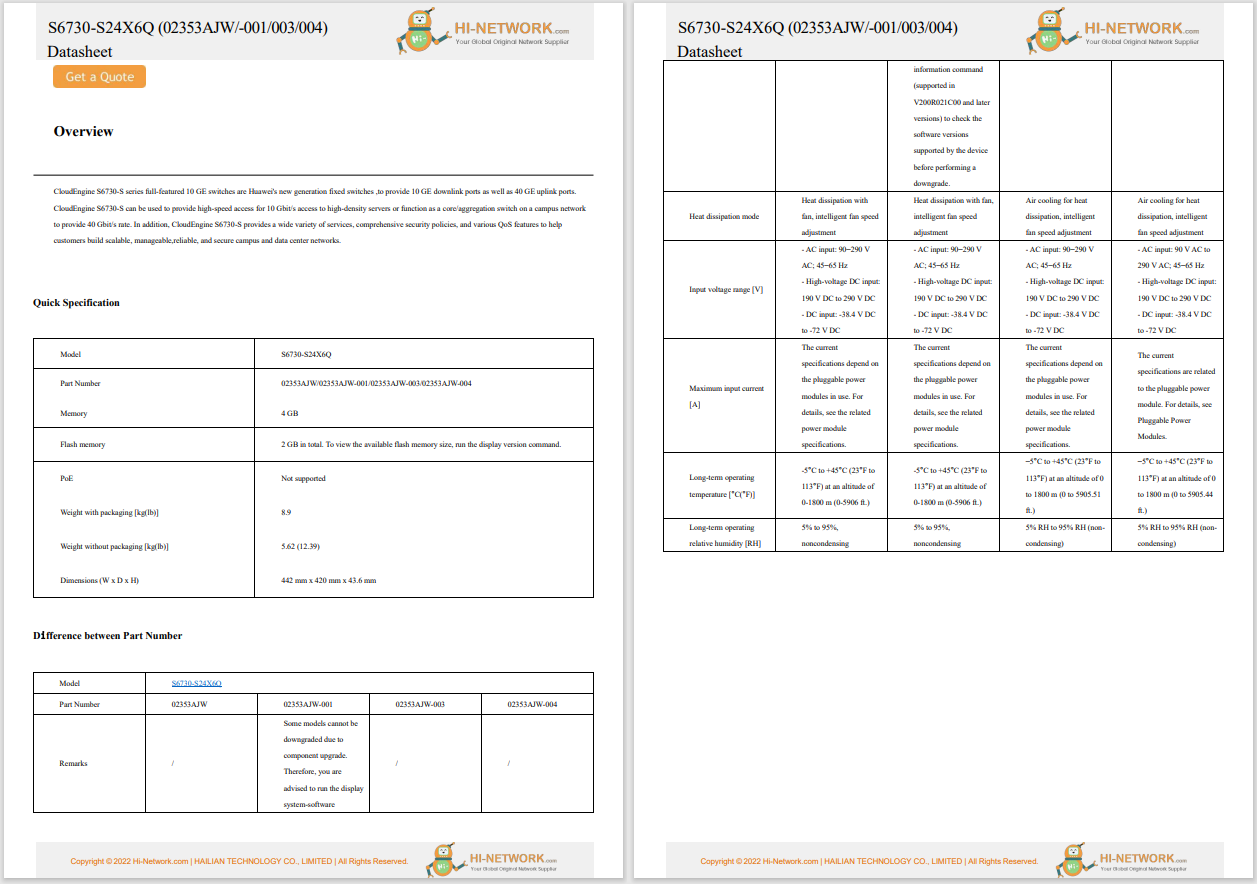



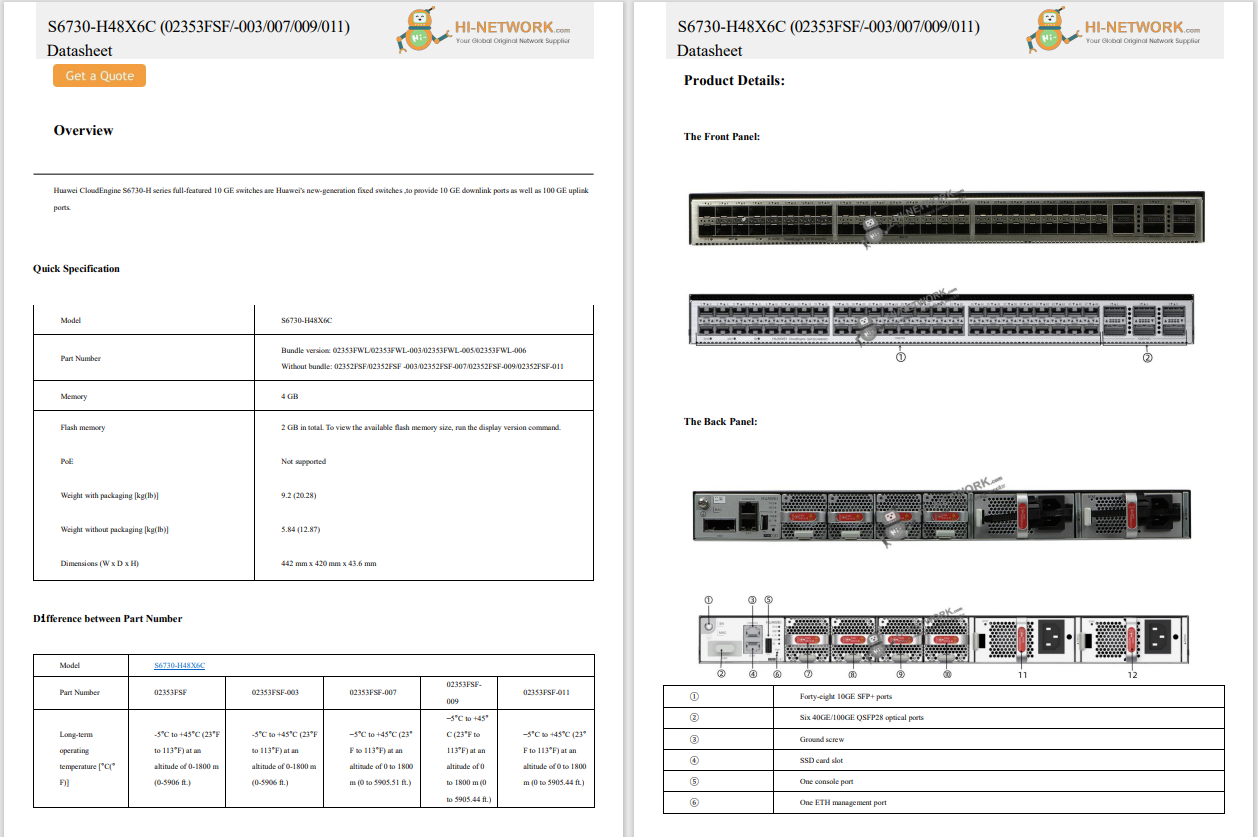
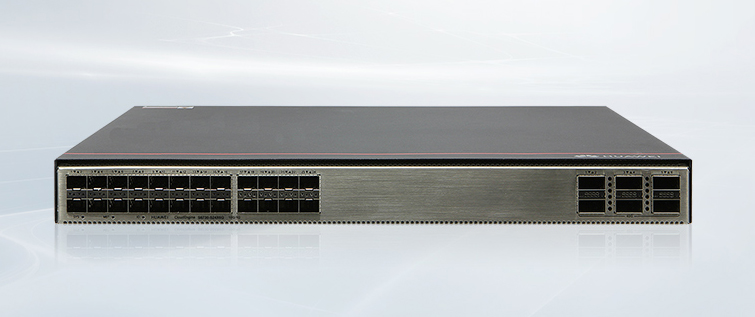



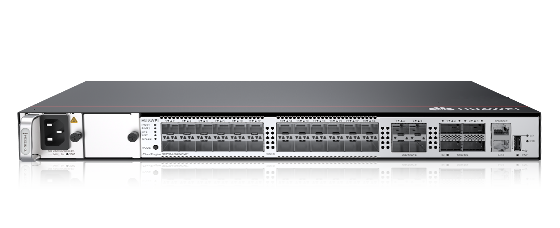
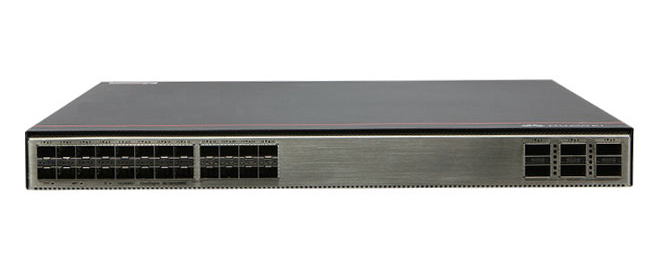


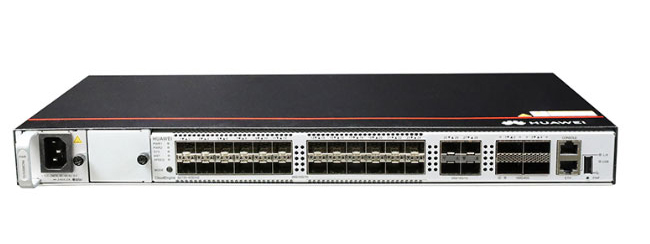
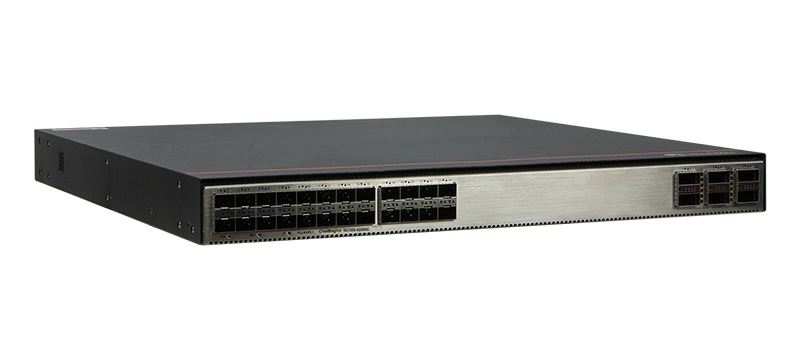
Windows 11, like any operating system, can experience glitches and other malfunctions. These might manifest as various issues ranging from poor internet connectivity to more serious problems that affect the overall system performance. This guide explains how to deal with some of the more frequent Windows 11 issues we've run into over the years.
With all the variations of computer systems that Windows can run on, it's no surprise that things break sometimes. Thankfully, addressing most of these inconveniences is straightforward. Here's what you need to know to fix some of the most common Windows 11 issues.
Restart your PC. Rebooting a computer is an easy way to solve many temporary glitches, even if you're not sure what's going on. If things feel off, start with a quick reboot.
Speed up Windows 11 if it feels too slow. Sometimes, something as simple as deleting junk files can give your computer a decent boost, especially if you're running low on disk space.
Troubleshoot Wi-Fi problems. You have several options if you're experiencing internet-related issues, like moving your computer closer to the router to get a stronger connection or "forgetting" and reconnecting to the network to refresh the connection.
Not on Wi-Fi? Consider fixing Windows 11 Ethernet driver problems.
Troubleshoot Windows 11 search issues if you can't find the files you're looking for. Potential fixes involve editing the search parameters, restarting a few services, and undoing recent changes made to your computer.
Update Windows and your software applications. Both the OS and each of your apps should always be as updated as possible to ensure they've received the latest bug fixes and performance enhancements.
It's incredibly easy to check for and install Windows updates because Microsoft includes this tool in Windows 11. Updating apps isn't as simple, but free software updaters make this a fairly easy task.
Troubleshoot Windows 11 sound issues. This fix may be as simple as unmuting the volume or changing the output device.
Fix high CPU usage on Windows. If the reboot from earlier wasn't enough to clear up this Windows 11 issue, consider shutting off background apps and checking your hardware.
We also have all the fixes for when Windows 11 won't shut down. If you find your PC hitting a snag when you try to shut down, an app or service might be stuck, hanging the shutoff process until it's resolved.
Plenty of issues can affect Windows 11. Many common issues include:
Open theStartmenu, and then go toSettings>Apps>Default apps>choose which browser to set as the default. We go into more detail in our How to Change the Default Browser in Windows 11 article.
Open theStartmenu, and then selectSettings>System(left pane) >Storage>Advanced storage settings> Where new content is saved. From this screen, you can choose different download folders for apps, music, photos, and other items.
 Tags quentes :
Tags quentes :